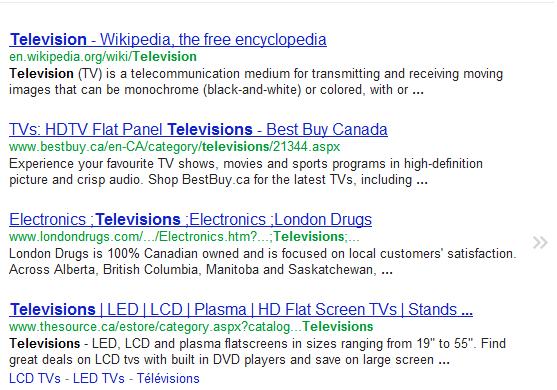4 Step Process to Information


Step Two: Search Engine Selection. Whatever the trigger, Google is the search engine of choice by 66% of searchers, followed by Bing with a mere 15%.* Google’s capacity to filter the most relevant websites from an infinite abyss of information is unparalleled by any search engine.

Step Four: Website Selection. The conclusion to a successful search is the selection of a website. Assuming websites are selected based on their relevance to the search, it is likely that desirable results can be found on page one. Each page offered by Google begins with paid advertisements set on a yellow background. Below these advertisements are results ordered by perceived relevance. Each website is followed by a brief 1-2 sentence summary of the websites content. When users see a promising website, a world of useful information is simply a click away.
Although this process seems detailed and long-winded, Internet savvy individuals travel from steps 1 through 4 in a matter of seconds. This process has become second nature and will continue to increase in simplicity as technology advances.
*http://www.pcworld.com/article/254405/bing_versus_google_search_engine_showdown.html
